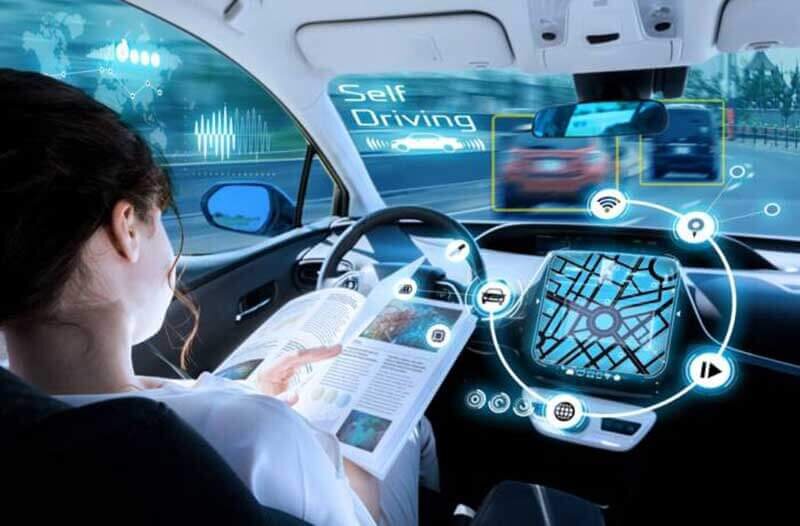
In the past decade, more automotive advancements have been made than ever before – more than Pre-War era, Post-War era, and the rest of the Modern era combined. At first glance, vehicles don’t appear to have more features than they did previously, but that’s because most of the advancements of technologies in the automotive industry are contained within pre-existing, albeit updated, interfaces.
It’s a sign of things to come for the future of automotive HMI services and other advancements in cars. These developments keep drivers safer, more in touch with the environment around their vehicles, and more comfortable inside. They also aid in reducing emissions and make it more convenient to use a personal vehicle.
Explore these four areas of technology that have changed what the automotive industry looks like in only a short time.
Augmented Reality Interfaces
Augmented Reality (AR) technology has been integrating into the automotive industry to provide drivers with an enhanced driving experience. For example, drivers can use AR to display real-time navigation information on their windshields in the form of a heads-up display, making it easier to find their way around unfamiliar roads or to POIs, as well as avoid sections that could add to the trip time or engine idling.
Additionally, AR can be used to show drivers potential hazards on the road or provide assistance with parking and other maneuvers. Finally, automakers are now looking at using AR technology in place of traditional dashboard instruments, allowing drivers to access important vehicle data without taking their eyes off the road.
Voice Recognition Use Cases
Voice recognition is one of the more innovative automotive technologies that is becoming increasingly advanced for in-vehicle expereinces. This tech enables drivers to control their vehicles’ features simply by speaking a command in natural language, such as adjusting the climate control or using voice navigation. It also allows automakers to provide personalized experiences for each driver and make it easier to access important vehicle data, such as fuel levels and tire pressure.
Its use cases have expanded beyond responding to commands and has become integral for virtual in-car assistants, and could be one of the most notable and widely relevant automotive industry trends in a very long time.
Connected Car Tech
In recent years, connected car technology has advanced significantly. For example, automakers are now leveraging IoT to develop cars that can connect to other vehicles in traffic as well as V2X infrastructure, not to mention the adoption of OTA updates at a much broader scale. Additionally, they are using AI and machine learning to provide predictive maintenance advice, ensure vehicle safety, optimize fuel efficiency, and provide drivers with real-time information on road conditions.
Along with reducing instances where drivers need to return to the dealership for updates and recalls on software or firmware, this digital transformation in automotive has far-reaching benefits for reducing instances of collisions, reducing hours spent in traffic, and minimizing emissions from idling.
Autonomous Driving Technology
Previously, it was one of the future technologies in the automotive industry that never seemed like it would arrive. However, constant announcements are being made about achieving Level 4 and Level 5 full self-driving capabilities, although plenty of stringent tests still need to be completed by automotive technology consulting and development firms as well as regulators.
Automakers are now utilizing advanced vision, lidar, and radar sensors to help vehicles detect their surroundings and navigate the roads. Additionally, they are leveraging AI-powered systems such as deep learning algorithms that can interpret data from real-world situations and make decisions in real time. It’s technology that was only a vision a decade ago.
These technological changes in the automotive digital retail space are astounding compared to what drivers experienced only a decade or so ago, made possible by teams like Star consulting services. What does the next decade hold? With many carmakers committing to eliminating roadway fatalities and reducing emissions at a grand scale, expect a continued feverish pace of development.